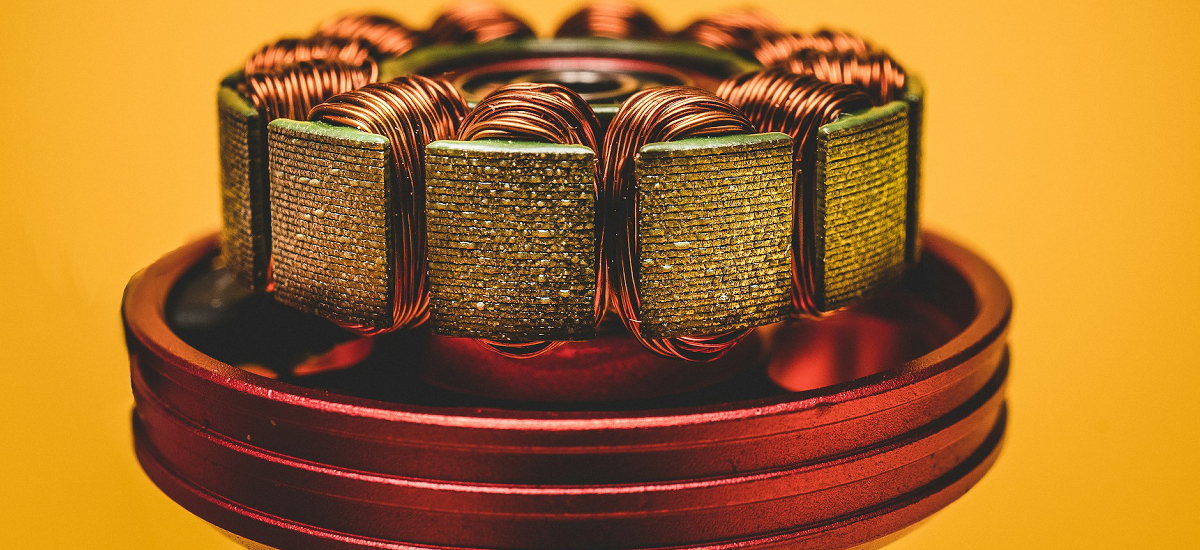
 Your Credit Estimate
Your Credit Estimate
 Your Credit
Your Credit
Your zip code helps us provide you with the most accurate vehicle pricing and vehicle availability.
We estimate your credit score to give you an idea of your monthly payments. To get an accurate payment amount, complete our credit application by clicking the Start Credit Application button below.
start credit application
These days, every automaker is working towards an all-electric lineup, or at least wants to introduce a lineup of battery-electric vehicles (BEVs) alongside its internal combustion engine models. With this movement comes many debates over what power source works best - solid-state BEV batteries versus semisolid-state BEV batteries, BEV battery pouches versus stacks of cylindrical BEV batteries, and silicon carbide chips. Automakers also keep coming up with new BEV platforms, such as the Uni-wheel by Kia, the Electric-Global Modular Platform or E-GMP by Hyundai Motor, or the growing STLA platforms. There is so much to keep up with, and the variety of power sources seems numerous when we have models like the Ramcharger popping up. They say V8 engines will die, but in actuality, they’ve just been given a new name - does “Permanent Magnet AC Synchronous” ring a bell?
Anyone who has been behind the wheel of a Kia BEV like the EV6 or EV9 should know that this is the powertrain for the recent Kia BEVs being added to the lineup. It may not be a V8 exactly, but it works a lot like a V8 engine. The main difference is the use of magnets. Thanks to YouTube channel ActionLab and its ActionLabShorts, we got a pretty good idea of the differences between a V8 engine and an “electric V8 engine”.
As the narrator puts it, "A normal V8 engine has eight pistons that use combusting gasses to expand and push the pistons out…Instead of pistons, [an electric V8 engine uses a] permanent magnet that moves in and out of the coils of wire. When a current is applied to the coil, it creates a magnetic field that opposes the permanent magnet and pushes it down.”
Interesting right? Electric V8 engine works differently, and this is where the “magnet” in Permanent Magnet AC Synchronous (for the EV6) or Permanent Magnet Synchronous (for the EV9) comes from. A magnet is really doing all the work in place of pistons. This is just one prime example of how BEVs have a lot fewer mechanical parts working to keep it running, and that leads to less wear and tear of components, and less maintenance costs to keep it running smoothly. Of course, a BEV is silent and won’t ever sound like a V8 engine.
In a combustion engine like the V8, we usually hear something like a bubbling sound, or “popping”. This is due to the order of the pistons firing. In a Crossplane V8 engine, the firing order between the left and right pistons isn’t symmetrical. It doesn’t go left-right, left-right. It’s more like, left-right-left-up-left-right-down-left-right. This gives the V8 engine its trademark bubble-popping sound that we’re all familiar with. Oddly enough, a Flatplane V8 doesn’t sound like that. It actually sounds more like a propeller if the video above is anything to go by.
There are automakers out there that aren’t too keen to give up gasoline models, or at least the sounds they’re known for. Even after all the tears over the “Last Call” models by Dodge, and all the hullabaloo about the previous generation of the Dodge Charger being the last gasoline engine generation, they went ahead and made a Dodge Charger powered by a 3.0L Twin Turbo Hurricane engine. Even so, the automaker claims its all-new, all-electric 2024 Dodge Charger Daytona SRT BEV model will still imitate the sound of a V8 firing to give its eMuscle lineup the roar Dodge muscle cars are known for.
Did you learn something new after reading this article? You can learn more about BEVs and car tech any time when you follow us on NowCar social media.